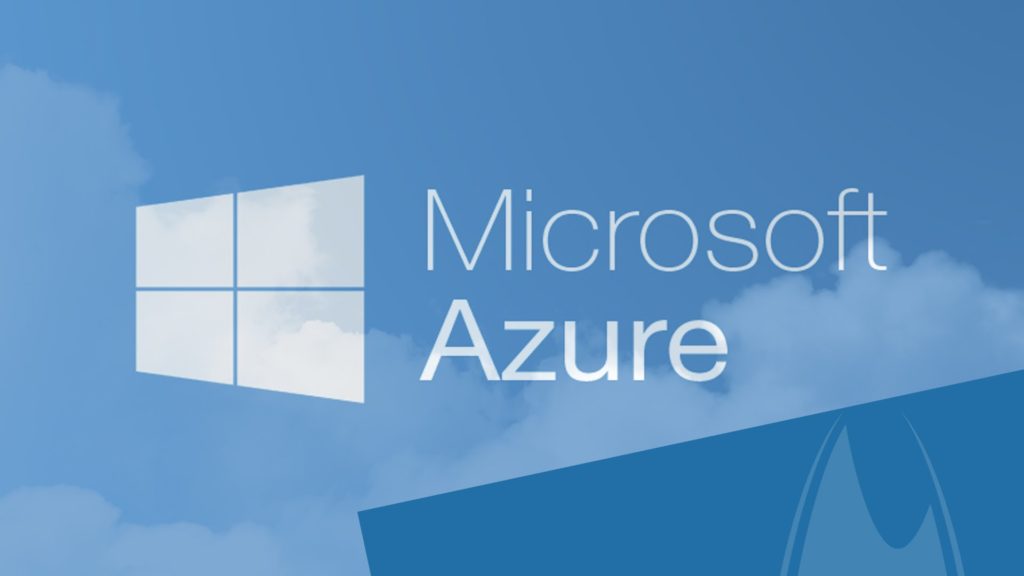M+E Connections

Azure Helped Drive Microsoft Q1 Growth as the Company Eyes Edge Opportunity
Story Highlights
Robust performance in Microsoft’s Intelligent Cloud business again provided a boost for the company’s results in the first quarter (ended Sept. 30) as a 50% year-over-year increase in Azure and other cloud services revenue drove a 35% increase in server products and cloud services revenue, the company said Oct. 26.
Intelligent Cloud revenue grew 31% from a year ago to $17 billion, while operating income in that business increased to $7.6 billion from $5.4 billion.
In an earnings call with analysts, Microsoft CFO Amy Hood said: “We again saw healthy growth in our Azure consumption-based business and increased usage across products such as Teams and Power Platform.”
The company, meanwhile, sees an opportunity in the growing edge computing arena, according to Satya Nadella, Microsoft CEO and chairman.
Microsoft “architected Azure for the distributed computing fabric to remain distributed,” Nadella told analysts during the Q&A. “In other words, when we talked about hybrid computing even five years ago, the idea was always that we will always have a cloud and then we will have a distributed cloud infrastructure for application deployment.”
 That is the case “whether it is what’s happening with the 5G and how naturally compute will go to where data is getting generated with low latency access to a factory floor, to a hospital, to cities where you want to play [Xbox Cloud Gaming], that’s sort of one phenomena,” he said.
That is the case “whether it is what’s happening with the 5G and how naturally compute will go to where data is getting generated with low latency access to a factory floor, to a hospital, to cities where you want to play [Xbox Cloud Gaming], that’s sort of one phenomena,” he said.
Nadella added: “So when I think about what is going to be key in such a distributed world, [it’s] having that full suite of application infrastructure…. All the way from the management and security control plane, something like Azure Active Directory managing the security principles and Identities to the management control planes like Azure Arc. And so we feel well-positioned for it. And I think that the multi-cloud, multi-edge world is really how we built Azure in the first place. And I think we’re still very early in all of that playing out, but we feel well-positioned.”
Q1 Results
Overall, Microsoft Q1 revenue grew 22% from a year ago to $45.3 billion, while net income grew 48% to $20.5 billion ($2.71 a share).
Productivity and Business Processes revenue increased 22% to $15 billion, with Office Commercial products and cloud services revenue up 18%, Office Consumer products and cloud services revenue up 10%, LinkedIn revenue up 42% and Dynamics products and cloud services revenue up 31%.
Revenue in More Personal Computing grew 12% to $13.3 billion, with Windows OEM revenue up 10%, Windows Commercial products and cloud services revenue up 12% and Xbox content and services revenue inching up 2%.
In Gaming, revenue increased 16%, ahead of expectations, Hood said. “Better than expected console supply and continued strong demand resulted in Xbox hardware revenue growth of 166 percent,” she told analysts.
Q2 Forecast
Looking ahead to the second quarter, Hood predicted that, for Intelligent Cloud, “we expect revenue between” $18.1 billion and $18.35 billion.
“Revenue will continue to be driven by Azure which, as a reminder, can have quarterly variability primarily from our per-user business and from in-period revenue recognition depending on the mix of contracts,” she said.
During Q2, “we expect healthy, broad-based growth in our Azure consumption business, consistent with recent trends,” she told analysts.
“Our per-user business, while continuing to benefit from Microsoft 365 suite momentum, should see a moderation in growth rates given the size of the installed base,” Hood projected.
“In our on-premises server business, on a higher prior year comparable, we expect revenue growth in the mid-single digits, driven by continued demand for our hybrid solutions,” she added.









